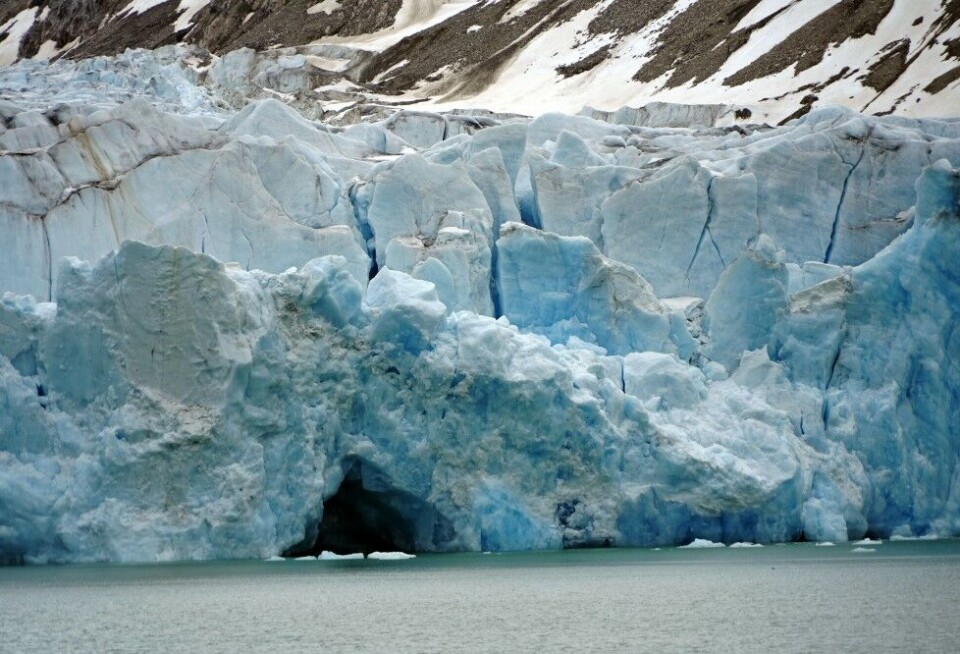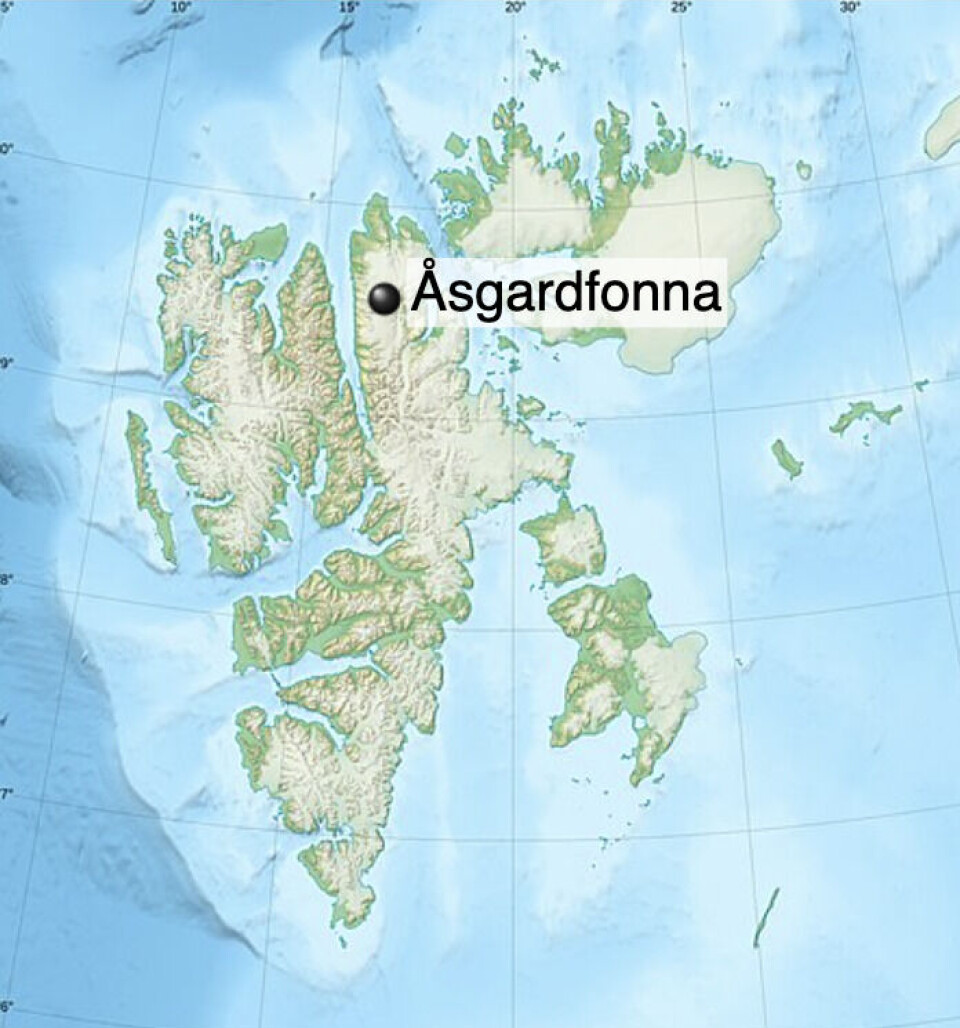
A Svalbard glacier once survived a warmer climate
This may indicate that that future increases in snowfall could moderate glacier retreat in similar settings.
A new study has found that the Åsgardfonna glacier on Svalbard survived, and may even have advanced, during a warmer-than-present period on our planet thousands of years ago.

This warm period 9,500 years ago, known as the Holocene Thermal Maximum, experienced summer temperatures around 8 °C warmer than today, but also a wetter climate. Meanwhile, the 1230 km2 Åsgardfonna - one of the largest ice caps on the Norwegian archipelago - seemed to have proved resilient to the changing climate.
The researchers explain that this happened “possibly due to enhanced snowfall driven by sea-ice loss”. Without the frozen barrier of sea ice covering the Arctic Ocean, far more heat and moisture are transferred to the atmosphere than normal.
The study goes on to highlight that future increases in precipitation could moderate glacier retreat in similar settings.
To carry out the study, the team examined different types of sediment deposited in lakes fed by the glacier's meltwater.
“This material is effectively trapped in… glacier-fed lakes, continuously recording glacier changes through time,” the study highlights.
The Arctic is warming faster than the rest of the world. One of the main signs of this, and easily visible from satellites, is the reducing extent of Arctic sea ice. For example, this year in February, the monthly Arctic sea ice extent reached a record low.
Other glaciers are also rapidly shrinking, leading to rising sea levels. In Norway, some glaciers have retreated by up to 2.5 kilometres since the beginning of the last century.
While the study offers hope that some glaciers may be more resilient than we thought, the future is still uncertain. The study highlights the problem that there is still a lack of robust observations:
“Arctic meteorological station data are scarce, and snowfall is often mismeasured because of wind-driven undercatch. As a result, simulations underestimate observed precipitation increases, while disagreeing on the seasonal distribution of future change”.














